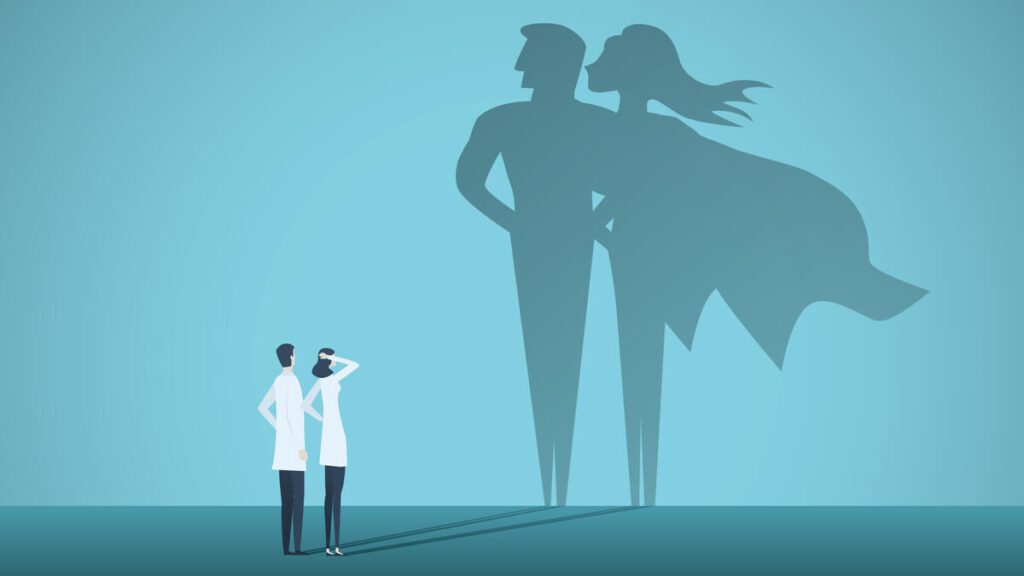
Of all the industries shaken into immediate change amid the pandemic, the healthcare industry witnessed the most drastic and pivotal shifts in healthcare, both principally and practically.
The advent of technologies and the new public health and safety requirements of the day have culminated in a healthcare system unlike anything we are used to and will likely continue to see in a post-COVID world.
Prevention and early diagnosis
Having lived with the pandemic, people are now more aware of the cost of an unhealthy lifestyle and pre-existing health conditions left unattended.
As such, changes in public perception of how health should be handled has changed drastically and shifts in healthcare techniques from treatment to prevention are being seen worldwide.
Preventable diseases and health issues cost people billions globally, as many see medicine as a cure that will solve your problem when it happens. The truth is that one cannot drink gallons of sugary drinks or eat heaps of unhealthy junk food per day for 40 years and expect to spend less than a fortune of healthcare bills.
This trend will most likely have profound impacts on our future as healthcare culture among patients as well as professionals shifts towards solving the problem before there is one. Adopting such solutions was found to increase spending on healthcare per person, but only because they lived for longer than they would have otherwise. An undoubtably good outcome.
Data as a resource
Knowledge is all that counts in healthcare.
Misdiagnosis can be worse than no diagnosis at all, and doctors often use the trial-and-error technique to figure out what is best for a patient.
With the use of data gathered by various means, doctors can provide a personalized solution to patient needs, aided by machine learning algorithms that study past cases and formulate insights. The use of data within healthcare has given rise to a new method of ‘precision’ diagnostics as opposed to the trial-and-error based technique that we know today.
The use of data in healthcare unlocks a whole new dimension in the healthcare value chain and profitability, helps decentralize the healthcare system, as well as aiding in more accurate diagnosis, gathering insight, and forming personalized treatments.
Telehealth and remote care:
With telehealth fast becoming preferable to a doctor’s visit for small inquiries and concerns, doctors and healthcare facilities capacity would multiply, allowing for more time and better-quality care for serious cases.
Following up on the progress in IoT products, wearables and remote monitoring sensors, the task of monitoring patients from the comfort of their homes and following up via telephone, is becoming an integral part of daily reality.
These three seismic shifts in healthcare will most likely evolve long after the pandemic has ended, and the future of healthcare will manifest itself in a tech-driven, holistic form.